In this article, I’ll compare LUFS vs dB, the two different types of loudness metering units. So, if you are confused about which one is better, read on to find out!
LUFS is a newer unit that has been gaining in popularity lately, while dB has been the standard unit for many years.
There are pros and cons to both units, and it is important to understand the differences between them before deciding which one is better.
But first off.
Table of Contents
What is a loudness meter?
A loudness meter is a tool used to measure the loudness of a sound.
It is important for recording engineers and music producers to understand loudness, as it can have a big impact on the quality of their recordings.
Read also,
Loudness is measured in units called LUFS (Loudness Units Full Scale) or dB (decibels).
Disclosure: This post may contain affiliate links, which means we may receive a commission if you click a link and purchase something that we recommended. Read more about Affiliate disclosure here.
LUFS is a newer unit, and it is becoming the more popular choice for loudness measurement.
dB has been the standard unit for many years, but it is not as accurate as LUFS.
What is LUFS or “Loudness Unit Full Scale”?

LUFS is a unit that measures loudness. It is more accurate than dB, and it is the preferred unit for measuring loudness by many recording engineers and music producers. LUFS is short for “Loudness Units Full Scale”.
One LUFS unit is equal to 1 dB SPL (sound pressure level).
LUFS is a logarithmic scale, which means that each unit represents a 10-fold increase in loudness.
For example, if one sound is 10 LUFS and another sound is 20 LUFS, the second sound is twice as loud as the first sound.
How is LUFS Measured?
LUFS, or Loudness Unit Full Scale, is a newer type of loudness measurement that takes perceived loudness into account.
LUFS is measured over a specific period of time and averages out the loudness.
This measurement also takes into account how our ears perceive sound, not just true audio loudness as decibels would measure.
LUFS has become the golden loudness standard because it blends our perception with actual audio output.
By blending these two important parameters, we are able to create the most balanced perceived loudness unit for human hearing.
LUFS is normally used when configuring how loud a piece of audio might be.
In music production, LUFS is used when you’re ready to master the mix.
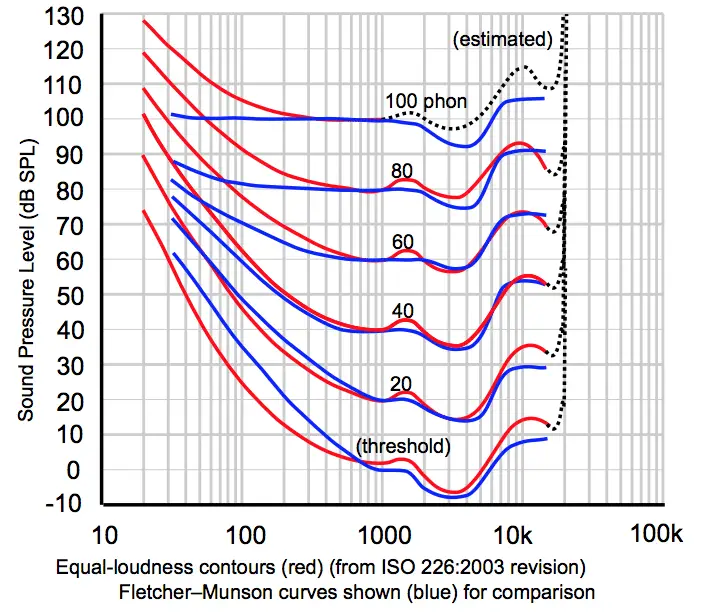
You can measure LUFS with a LUFS meter in your DAW.
A LUFS meter will usually showcase both integrated and short-term LUFS to give you a clear view of your sound.
Integrated LUFS represents the average loudness of sound over time while short-term LUFS merely takes into account a short section of audio.
LUFS has become the golden loudness standard because it blends our perception with actual audio output. By blending these two important parameters,
Why do we use LUFS?
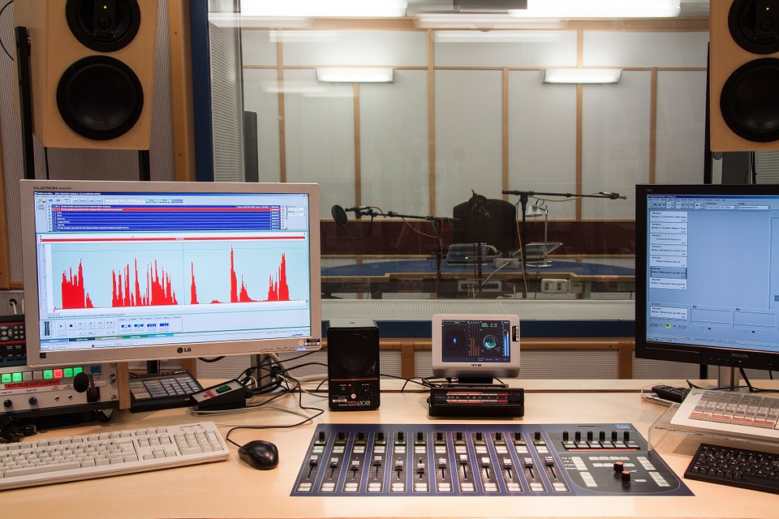
LUFS meters take into account perceived loudness based on the science of human hearing.
In essence, a LUFS meter will run the audio through an EQ filter that mimics frequency-specific perception, as detailed by the Fletcher-Munson curves.
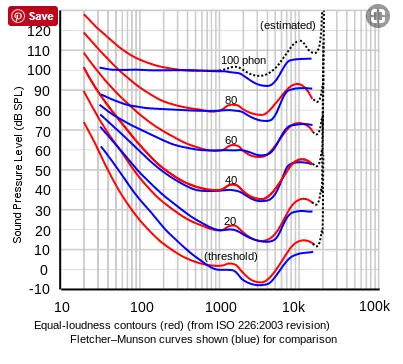
This is important because it means that a LUFS reading is more accurate than an RMS reading, which does not take human perception into account.
What is dB or Decibel?
dB or Decibel is a unit of measurement that indicates the intensity or energy of sound.
In music production, you’ll see dB come up time and time again as it is a standard form of measurement.
dB represents the amount of air pressure created by sound itself, with higher intensity sounds correlating with a higher rate of perceived loudness.
Generally speaking, a measurement of 0 dB is the smallest unit of sound that’s perceptible by the human ear.
In music production, you’ll see decibels come up time and time again as a standard form of measurement.
For instance, you’ll find decibel measurements built into faders and the meters in your DAW. For example, you can see the green bars indicating the loudness measured in dB in Cubase:
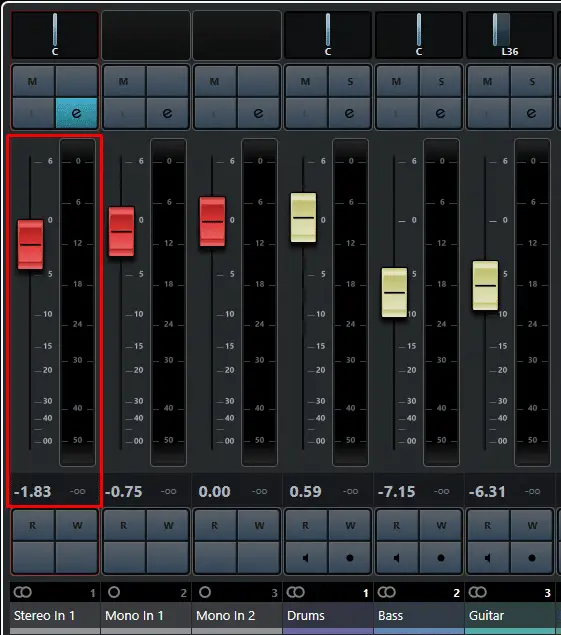
The dark green represents the peak levels of the decibels while the light green showcases the average decibels within a section.
How are decibels measured?
Decibels are measured utilizing two different metrics: Frequency and Amplitude.
Frequency measures the number of vibrations in a sound and also determines an audio signal’s pitch.
Amplitude is how strong the audio signal is.
It’s also worth mentioning that decibel loudness increases exponentially.
Therefore, 10 dB is 10 times louder than 0 dB. Decibels’ overall volume increases drastically as a sound becomes louder.
Decibels and volume metering are used all throughout the music production process.
You’ll keep an eye on decibels while recording, producing, mixing, and mastering, though during the mastering process, you’ll also have to keep an eye on your LUFS meter.
While mastering, keeping track of your decibel peak levels and average level is key to creating a strong track.
The average amount of decibels measured over a period of time is referred to as RMS, which served as the standard for measuring volume until the development of LUFS.
Why do We use dB?
The main reason why we use dB in digital recording systems is that that is the way it has always been done.
Decibels referenced to full scale are standard in these types of systems and are broadly applicable throughout the entire recording and mixing process.
This is due to the fact that they represent amplitude in digital systems with a fixed maximum value, which is 0 dBFS.
In other words, we use dB because that’s just the way it is.
However, there are some drawbacks to using dB.
One of the biggest problems is that it is a very non-linear scale. This means that small changes in dB can have a big impact on the sound, which can be difficult to control.
Additionally, dB does not take into account the way our ears perceive sound, which can make it difficult to get an accurate representation of loudness.
here is a mathematical explanation of why we use dB by slideplayer.com.
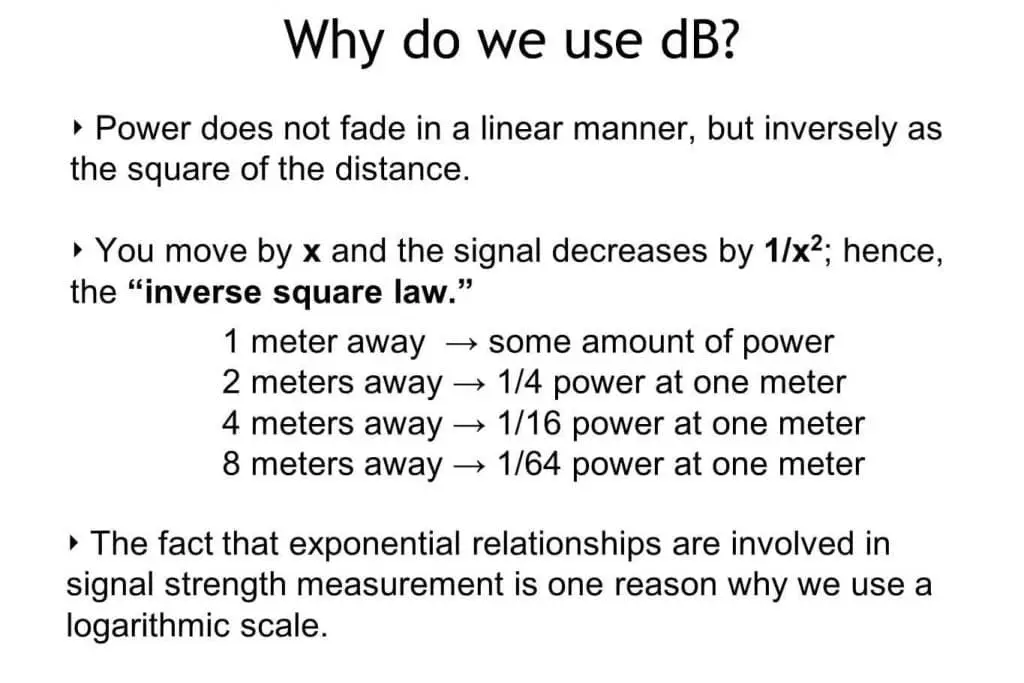
How is LUFS is different than dB?
LUFS is a Loudness Unit Relative to Full Scale.
dB is a Decibel.
LUFS is a measure of loudness, whereas dB is a measure of sound pressure level.
LUFS is measured in terms of dBFS, which is a scale that represents the ratio of the loudness of a sound relative to the maximum loudness that is possible.
dB is measured in terms of dBA, which is a scale that represents the sound pressure level in decibels.
LUFS is a newer standard that is slowly becoming the industry norm for measuring loudness.
LUFS is a more accurate measure of loudness than dB, and it takes into account the way humans perceive loudness.
LUFS is better suited for modern music production, as it is less likely to cause clipping and other audio artifacts.
dB is a more well-known measure of loudness, and it is still used by many recording engineers and music producers.
dB has the advantage of being easier to understand and work with.
However, dB does not take into account the way humans perceive loudness, which can lead to problems in modern music production.
So,
Which one is better? LUFS or dB?
LUFS is the better Loudness Metering Unit because it is a more accurate measure of loudness and it takes into account the way humans perceive loudness.
dB is still a useful measure of loudness, but it has some disadvantages that make LUFS the better choice for modern music production.
When should you use LUFS?
You should use LUFS when you want a more accurate measure of loudness, and when you want to take into account the way humans perceive loudness.
LUFS is also a good choice for modern music production, as it is less likely to cause clipping and other audio artifacts.
When should you use dB?
You should use dB when you want an easier-to-understand measure of loudness, or when you are working with older audio equipment that does not support LUFS.
dB is also a good choice if you are not concerned about the accuracy of your loudness measurements.
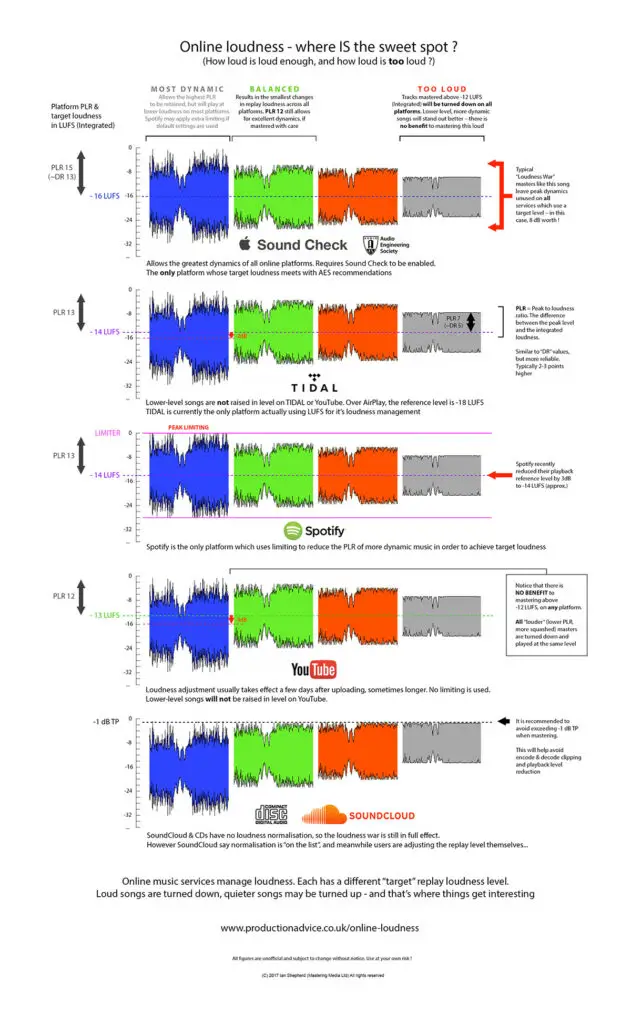
FAQs about LUFS Vs dB
What is LUFS?
LUFS is a Loudness Unit Relative to Full Scale. LUFS is a measure of loudness, whereas dB is a measure of sound pressure level. LUFS is measured in terms of dBFS, which is a scale that represents the ratio of the loudness of a sound relative to the maximum loudness that is possible.
What is dB?
dB is a Decibel. dB is a measure of sound pressure level. dB is measured in terms of dBA, which is a scale that represents the sound pressure level in decibels.
What are the advantages of LUFS over dB?
LUFS is a newer standard that is slowly becoming the industry norm for measuring loudness. LUFS is a more accurate measure of loudness than dB, and it takes into account the way humans perceive loudness. LUFS is better suited for modern music production, as it is less likely to cause clipping and other audio artifacts.
What are the advantages of dB over LUFS?
dB is a more well-known measure of loudness, and it is still used by many recording engineers and music producers. dB has the advantage of being easier to understand and work with. However, dB does not take into account the way humans perceive loudness, which can lead to problems in modern music production.
How many LUFS is a dB and how do I convert LUFS to dB?
There is no direct conversion between LUFS and dB. LUFS is a measure of loudness, whereas dB is a measure of sound pressure level. LUFS is measured in terms of dBFS, which is a scale that represents the ratio of the loudness of a sound relative to the maximum loudness that is possible. dB is measured in terms of dBA, which is a scale that represents the sound pressure level in decibels.
Are LUFS and LKFS the same?
No, LUFS and LKFS are not the same. LUFS is a measure of loudness, whereas LKFS is a measure of the peak level. LUFS is measured in terms of dBFS, which is a scale that represents the ratio of the loudness of a sound relative to the maximum loudness that is possible. LKFS is measured in terms of dB SPL, which is a scale that represents the sound pressure level in decibels.
Conclusion
LUFS is the better Loudness Metering Unit for modern music production. LUFS is more accurate than dB, and it takes into account the way humans perceive loudness.
If you are working with older audio equipment that does not support LUFS, or if you want an easier-to-understand measure of loudness, then dB is a good choice.
Read also,

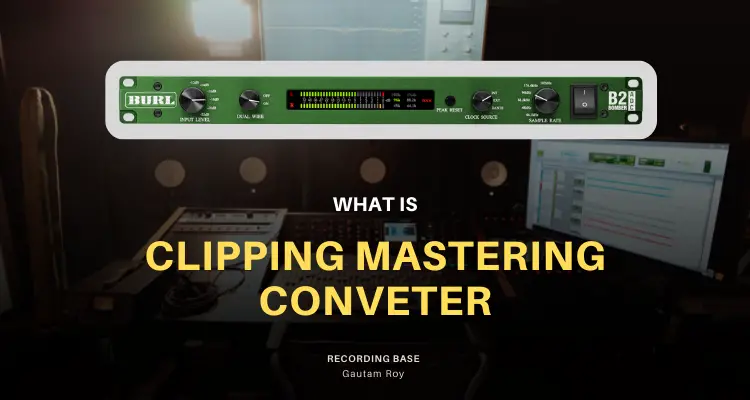


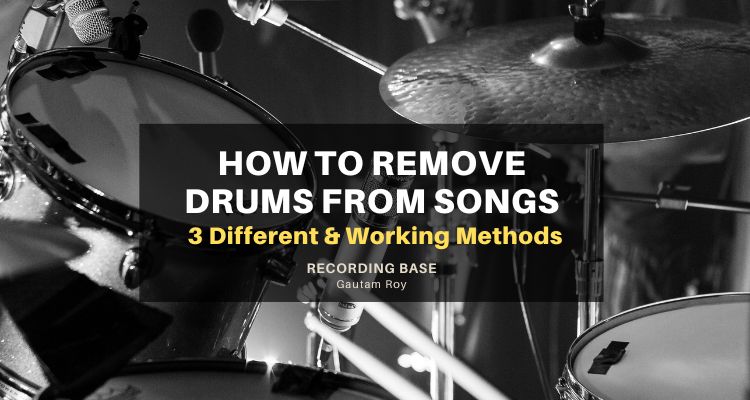


Hello Gautam,
As a “recording engineer”, it would be good for you to learn and mention the formula dB = 20 log (V1/V2). This formula describes relative intensity, pressure and voltage ratios such that a doubling in pressure in air or voltage of an audio signal corresponds to a 6dB increase in level. A 6dB increase is approximately perceived as a doubling in perceived loudness. A 12dB increase is approximately perceived as 4x louder. So a 10dB louder sound is not 10x louder. It is 3.16x louder. And a 10x louder sound is 20dB greater in intensity. You can demonstrate these examples physically on your mixer and listening to the perceived levels. Hope this helps you correct the statements made in your article. https://www.recordingbase.com/lufs-vs-db/
And we don’t use dB because “That’s the way it is”. The math describes the ratios of intensities which are non-linear and decibels compresses a non-linear relationship into a linear scale so every increase of 6dB is a doubling of intensity. To be properly called an engineer, you need to have learned the theory generally in engineering school and be a graduate. Otherwise it is a misused title.
Thanks, Gary for this knowledgeable insight. This will help others to understand the theory.